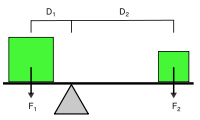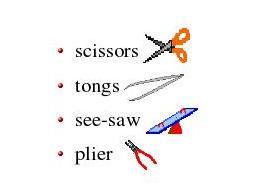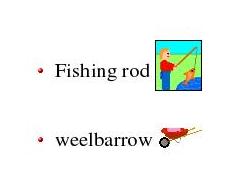Levers. Give me the place to stand, and I shall move the earth
(Arquimedes)
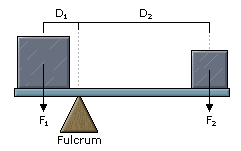
A lever is a simple machine that makes work easier; it involves moving a load around a pivot using a force. In a lever there is a load, a pivot and an Effort (force). Levers are amongst the oldest forms of mechanical system.
The input of this system is called the effort and the output is called the load. In the image, we have the input as F1 and the output as F2. The bar pivots on a fixed point (fulcrum).
In order to produce electricity you need other forms of energy such as mechanical energy, sun energy, wind energy and so on.
But, is electricity important?. Just turn the main switch off and try to enjoy yourself
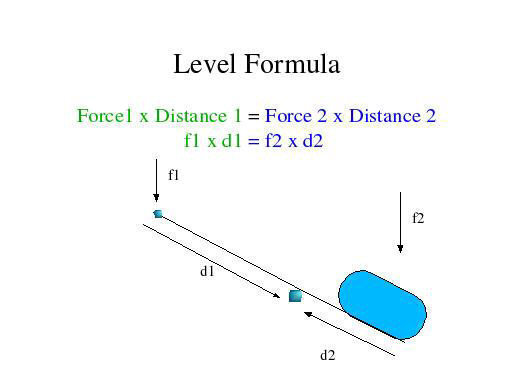
Lever at equilibrium .
The principle of the lever tells us that the lever is in static equilibrium, with all forces balancing, if F1D1 = F2D2. In order to lift a bigger load (F2) the distance to the fulcrum has to increase (D1) or the distance D2 has to decrease.
Lever class
First class lever, Second class and third class
1st Class. With this type of lever the fulcrum is situated between the load and the applied force. ( Image on the left) 2nd Class. With this type of lever the load is situated between the fulcrum and the applied force ( image in the centre) 3rd Class. With this type of lever the force is applied between the load and the fulcrum.
Exercises:
1st You need to lift a load of 200 kg (F1). The distance from the load to the pivot(D1) is 6 metres and the distance from the pivot to where the force is applied (D2) is 20 metres. Calculate the value of F1. 2nd On the lever shown in the image D1 = 20, D2 = 400 and F1 = 300 Kg. Calculate the value of F2 3rd On the same image, calculate the value of D1 if D2 = 70m, F1 = 300Kg and F2 = 60kg 4th Write the lever class of every object shown in the next image:
Pulley
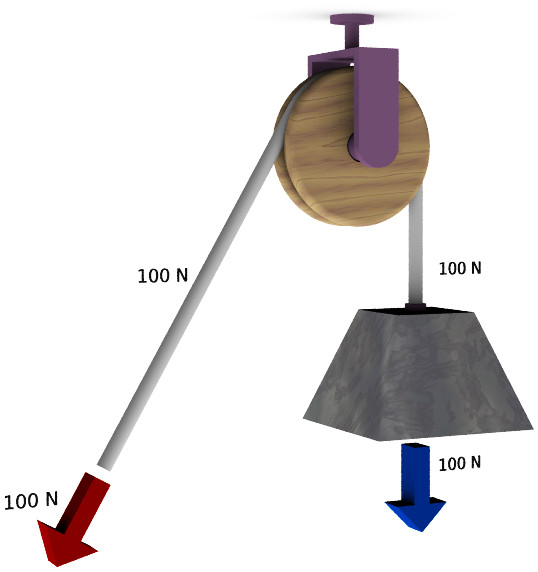 A pulley is a wheel with a groove along its edge, for holding a rope or cable.
A pulley is a wheel with a groove along its edge, for holding a rope or cable.
Pulleys are usually used to reduce the amount of force needed to lift a load. However, the same amount of work is necessary for the load to reach the same height as would be necessary without the pulleys. The magnitude of the force is reduced, but it must act over a longer distance.
Types of pulleys
1st Fixed: A fixed pulley has a fixed axle. That is, the axle is “fixed” or anchored in a place ( maybe the roof). A fixed pulley is used to redirect the force in a rope. A fixed pulley has a mechanical advantage of 1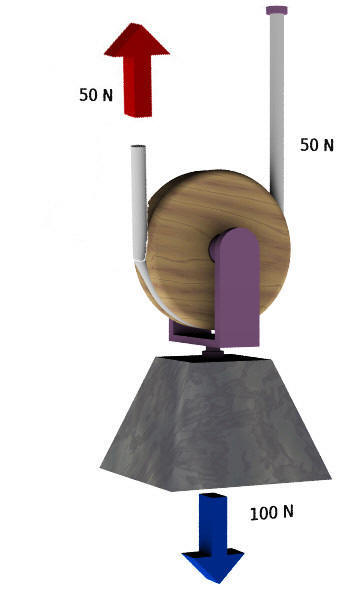 2nd Movable: A movable pulley has a free axle. That is, the axle is “free” to move in space. A movable pulley is used to transform forces. A movable pulley has a mechanical advantage of 2.
2nd Movable: A movable pulley has a free axle. That is, the axle is “free” to move in space. A movable pulley is used to transform forces. A movable pulley has a mechanical advantage of 2.
3rd Compound A compound pulley is a combination of fixed and movable pulley systems. The simplest theory of operation for a pulley system assumes that the pulleys and ropes are weightless, and that there is no energy loss due to friction. It is also assumed that the ropes do not stretch.
Compound pulley formula
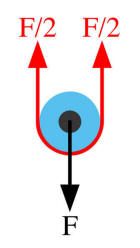 A basic equation for a pulley: In equilibrium, the force F on the pulley axle is equal and opposite to the sum of the tensions in each line leaving the pulley, and these tensions are equal. See figure on the left.
A basic equation for a pulley: In equilibrium, the force F on the pulley axle is equal and opposite to the sum of the tensions in each line leaving the pulley, and these tensions are equal. See figure on the left.
In this case, Forces upwards = Forces downwards
Lets see an example:
1st ( figure no 1 ) A simple pulley system – a single movable pulley lifting a unit weight. The tension in each line is half the unit weight and there is an advantage of 2. Example 2 ( figure no 2) – Another simple pulley system similar to example 2, but in which the lifting force is redirected downward. Example 3 ( figure no 3). A simple compound pulley system – a movable pulley and a fixed pulley lifting a unit weight. The tension in each line is one third the unit weight. Example 4. A movable pulley and a fixed pulley ( figure 4 ) lifting a unit weight, with an additional pulley redirecting the lifting force downward. The tension in each line is one third the unit weight. Which is its M.A?
| Examples | |||
|---|---|---|---|
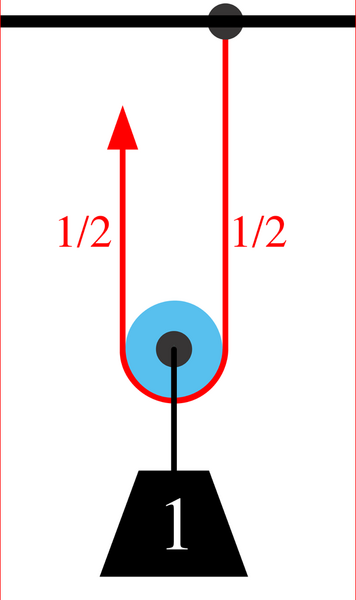 |
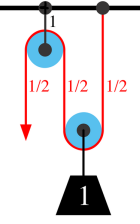 |
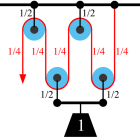 |
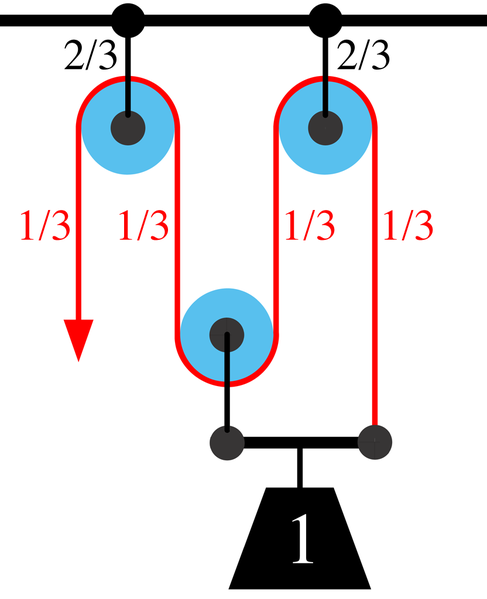 |
| Figure nº 1 | Figure nº 2 | Figure nº 3 | Figure nº 4 |
Groove : Long narrow channel
Mechanical advantage: It is the factor by which a mechanism multiplies the force put into it
Stretch: To extend in length




